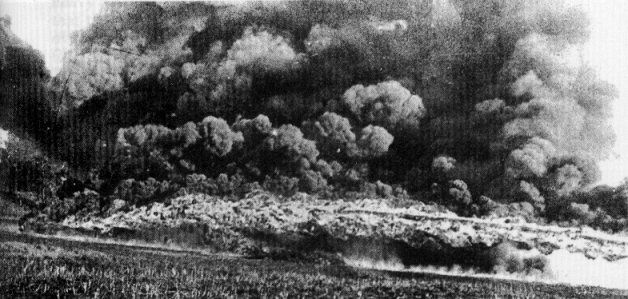Christmas Eve - Western Front 1914
This is a photograph I took of a brilliant painting by Artist Soren Hawkes.
To see more of his fabulous work (which you can buy) go to: http://passchendaeleprints.com
Reading from an Officers diary for Christmas Eve 1914 it says:
"We dined tonight at 9.30. The table was decorated, there were ten present. Spirits were high and the beer and turkey were excellent, so were the plum puddings."
The men at the front, however, did get a Christmas dinner and a gift of a pudding from the Queen, but their surroundings were bleak. They did get a surprise though!
The men at the front, however, did get a Christmas dinner and a gift of a pudding from the Queen, but their surroundings were bleak. They did get a surprise though!
If you click on the arrow you can watch a video from the wonderful film Oh What a Lovely War which tells the story of the 1914 Christmas Truce - the singing is amazing.
To read more about the Truce - try this (click here)
I have written another poem about the Truce - if you would also like to read the earlier one, just click here
I hope you enjoy the poem.
When peace came down at Christmas.
Were they ready
for the day when it came?To pay the price -
the ultimate sacrifice.
In a land they didn’t call home.
“It’ll be over by Christmas,”
their loved ones believed,
but all of them knew:
their hopes were deceived.
Each one waiting.
Anticipating.
Their Cherubim - a different kind.
Were they ready,
for the day when it came?Enveloped in calm,
they laid down their arms,
To listen,
and watch peace unfurl.
Did they dare go over the top?
To greet and frat and swap,
offering gifts to those they should kill.
Each one waiting.
Anticipating.
A haven in the midst of hell.
for the day when it came?
A quietness fell,
no sound of a shell.
Silence covered the land.
Then singing was heard
on the night of goodwill.
Exchanges made,
the night so still
When peace came down at Christmas.
Each one waiting.
Anticipating.
Fritz waved a greeting – or was it farewell?
© Karen Ette























